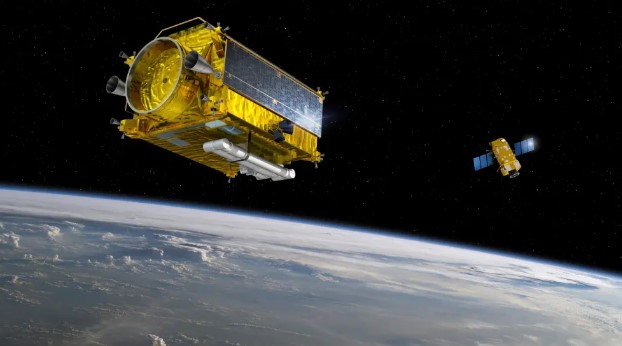The increase in space debris orbiting Earth has been a problem that has preoccupied the scientific community for years. Thousands of inactive satellites and rocket parts pose a constant threat to our planet and future space exploration. But how likely is it that space debris will enter the atmosphere? A study by the University of British Columbia shows the probability is 26%, with satellites in particular being considered the main problem, as they can “fall” to Earth in an uncontrolled manner and endanger the population.
To minimize this potential danger, the European Space Agency (ESA) and the Spanish Space Agency have signed a collaboration agreement on the Capture Payload Bay (CAT) mission. This mission will test a standardized docking interface that should significantly simplify satellite operation.
Currently, the scientific community needs a functional satellite to capture and decommission inactive satellites. As ESA explains in its official blog, the techniques for actively removing space debris are complex: “Approaching another satellite and docking always carries risks, as each collision can cause additional damage and generate new fragments.” This challenge is further complicated when the spacecraft is not designed to dock with inactive satellites.
To address this issue, ESA has begun equipping its satellites with standardized interfaces to make them easier to capture and remove at the end of their useful life.
One satellite that already has this “retrieval” technology is LUR-1. In September 2024, the Spanish company AVS successfully launched the LUR-1 mission, which includes, among other features, a mechanical interface (MICE – Mechanical Interface for Capture at End-of-Life) to enable capture at the end of its useful life. The mission also includes various navigation assistance instruments designed to precisely measure distance and orientation during the proximity navigation phase.
ESA explains that the MICE interface serves as an attachment point on the satellite, allowing CAT to easily capture it, similar to how cars are equipped with tow hooks. In addition, six navigation aids have been installed on LUR-1 to support the rendezvous and acquisition process, helping to determine the satellite’s distance, orientation, and possible rotations.
The next step will be to demonstrate in-orbit decommissioning procedures by also launching the CAT side of the standardized interfaces. This will contribute to improving sustainability in space.
Spain’s role in this mission
The CAT interface is currently being developed in Spain under the leadership of GMV. Care is being taken to ensure compatibility with ESA’s retirement interface design and to combine innovative robotics with relative navigation equipment for close-in operations.
The collaboration between Spain and ESA also represents an “important stepping stone” toward achieving ESA’s zero-waste goal. Furthermore, it is a significant step towards improving safety and sustainability in space.




